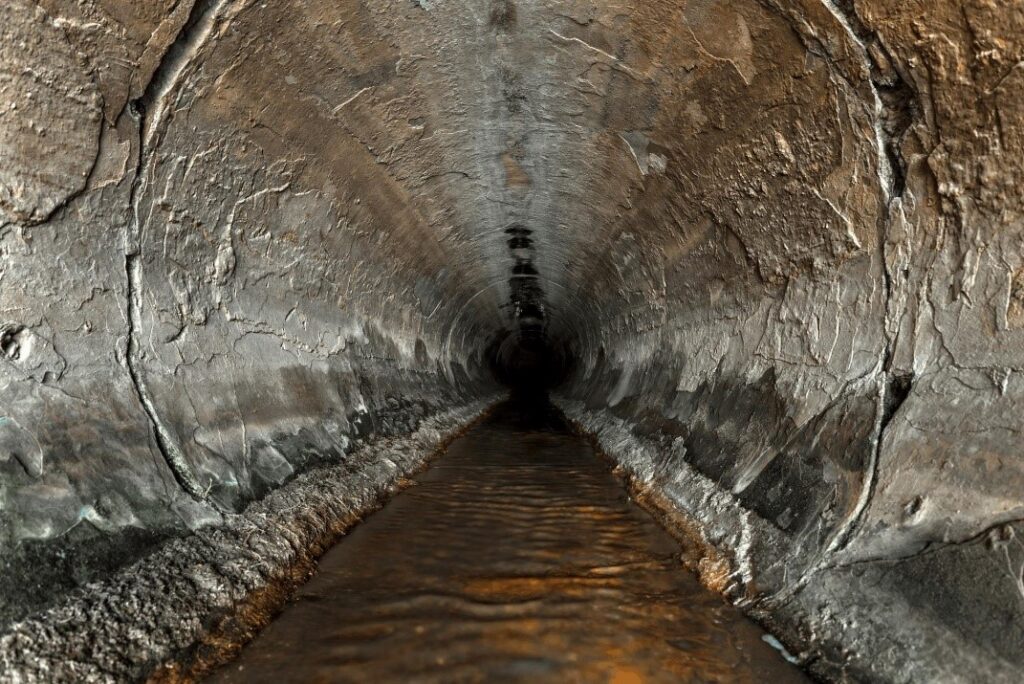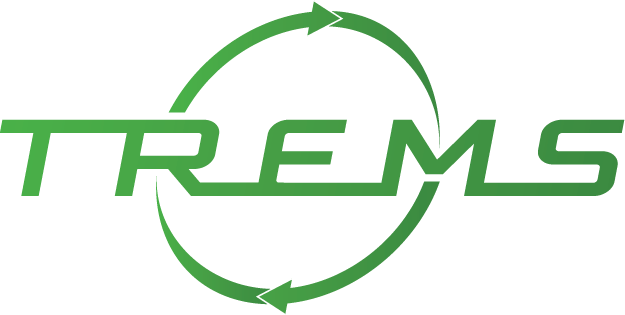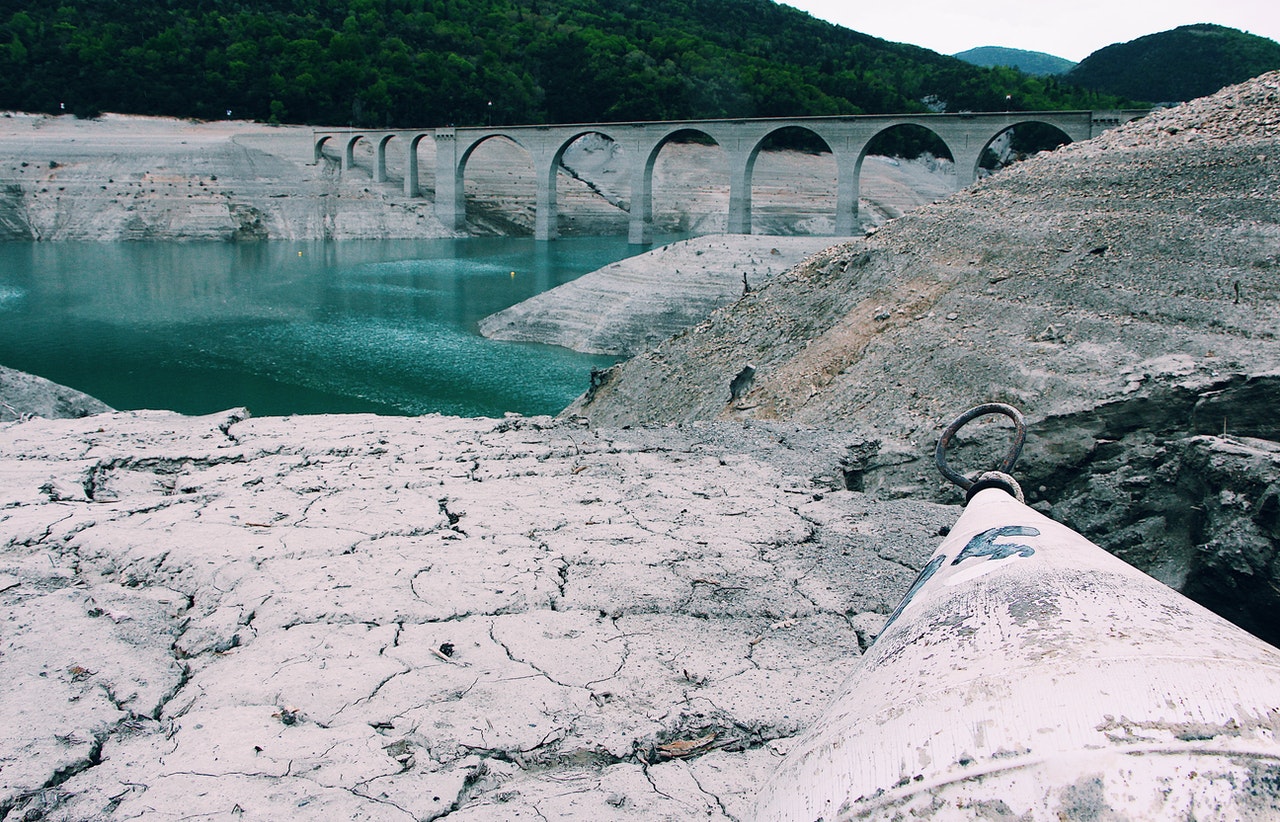Development and environment nowadays are considered as two interconnected sectors. However, the sustainability of both sectors has to be considered to ensure human progress does not exhaust the resources of future generations. Increasing in development sector inevitably boost demand in the industrial sector that ultimately impact the environment.
The building industry is responsible as one of the main contributors for global extractions which leads to various damages such as contamination of soil, water, and air by emissions from building materials during the production, processing, maintenance, demolition. One of the primary cause of environmental disturbance by the construction industry is the use of un-environmentally friendly materials.
There has been much ongoing research for alternative green construction materials all around the globe, including utilizing fly ash as a primary component in developing concrete materials, fly ash-based geopolymer concrete is one of them. Fly ash is the finely divided residue resulting from the combustion of ground or powdered coal, which is transported from the firebox through the boiler by flue gases (ASTM C618). Utilizing fly ash will minimize waste of coal combustion significantly and reduce the negative impact on the environment.
Geopolymer concrete can be considered as an alternative eco-friendly innovative material to Portland cement concrete. The previous studies in fly ash-based geopolymer concrete reported this material shows excellent resistance in aggressive marine and acidic environment. However, research on the long-term mechanical properties and durability of fly ash-based geopolymer concrete is still limited.
RMIT researchers are currently focusing on these issues! Source fly ash is obtained from Indonesia, as one of the largest coal exporters in the world. The long-term durability of concrete will be investigated, exposed to harsh environments including marine, sulphate and acid & peat acidic environments.





